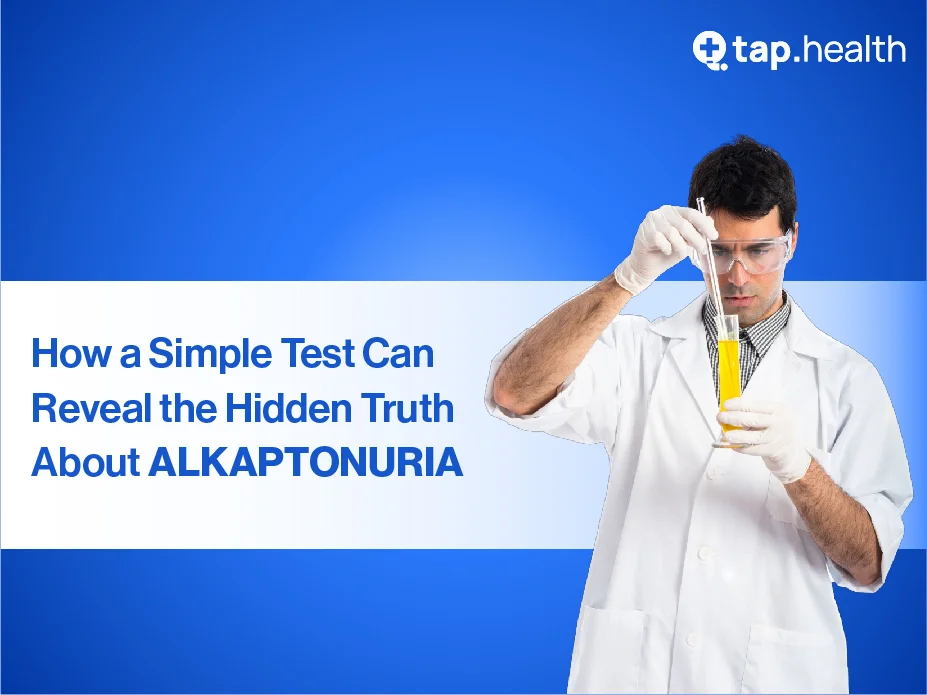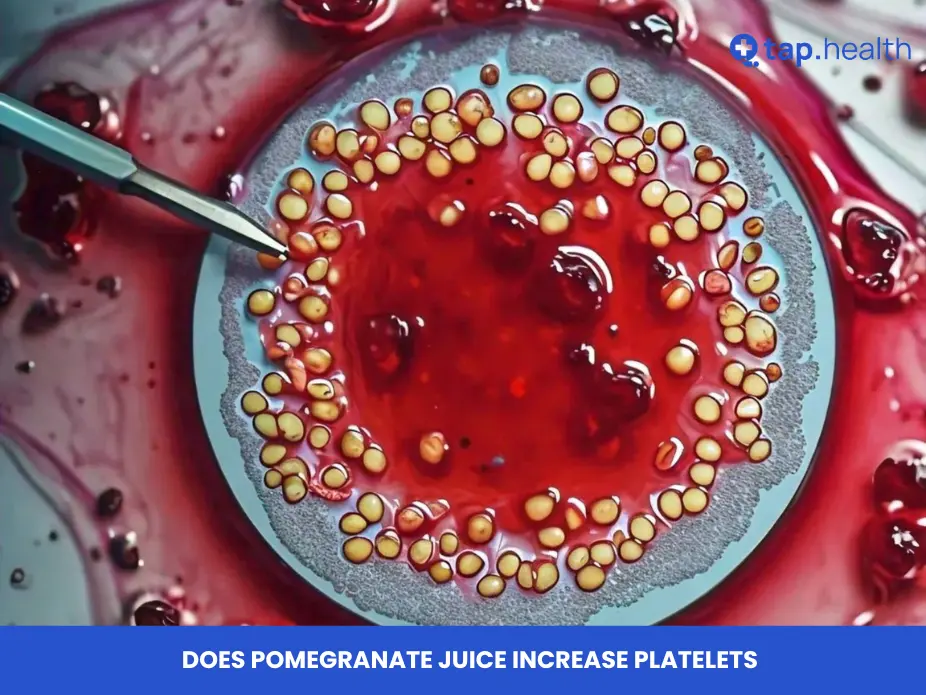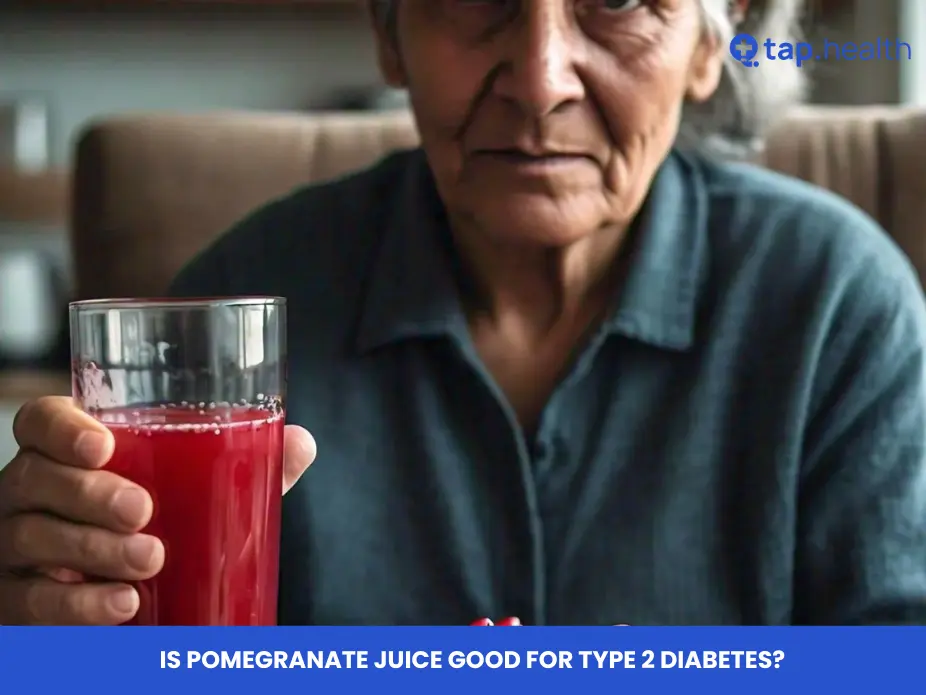Alkaptonuria, a rare genetic disorder also known as Black Urine Disease, affects the body’s ability to break down homogentisic acid (HGA), leading to its accumulation in tissues. This condition can cause dark urine, joint pain, and other complications. Diagnosing and managing Alkaptonuria requires a combination of clinical evaluations, specialized tests, and tailored treatment plans. In this blog, we’ll answer the question, “How is Alkaptonuria diagnosed and managed?” by exploring diagnostic methods, treatment options, and coping strategies, while addressing related concerns like genetic testing, symptom management, and support networks.
What is Alkaptonuria?
Alkaptonuria is caused by mutations in the HGD gene, which encodes the enzyme homogentisate 1,2-dioxygenase. This enzyme is critical for metabolizing HGA, a byproduct of tyrosine and phenylalanine breakdown. When the enzyme is deficient, HGA accumulates in the body, leading to a condition called ochronosis, where dark pigments deposit in tissues like cartilage, skin, and eyes. Symptoms include dark urine, joint stiffness, and, over time, significant musculoskeletal issues.
Why Does Alkaptonuria Cause Dark Urine?
The hallmark symptom of Alkaptonuria is dark urine, which occurs because excess HGA is excreted through urine. When exposed to air, HGA oxidizes, turning the urine dark brown or black. This visible sign often prompts individuals to seek medical attention, leading to further diagnostic testing.
How is Alkaptonuria Diagnosed?
Diagnosing Alkaptonuria involves a multi-step process that combines clinical evaluation, biochemical testing, and genetic analysis. Below, we outline the key diagnostic methods used to confirm this condition.
1. Clinical Evaluation
A healthcare provider begins by reviewing the patient’s medical history and performing a physical exam. Key symptoms like dark urine, joint pain, or dark pigmentation in the eyes or ears may raise suspicion of Alkaptonuria. Ochronosis, characterized by bluish-black discoloration of ear cartilage or dark spots on the skin, is a strong indicator.
People Also Ask: What are the first signs of Alkaptonuria? The earliest sign is often dark urine, noticeable from infancy, especially in diapers. As the condition progresses, joint pain, stiffness, and skin pigmentation may develop.
2. Urine Analysis for HGA
Urine testing is a cornerstone of Alkaptonuria diagnosis. Specialized tests, such as gas chromatography-mass spectrometry, measure HGA levels in the urine. Elevated HGA confirms the condition, and the characteristic dark urine upon standing further supports the diagnosis.
3. Genetic Testing for HGD Mutations
Genetic analysis confirms the diagnosis by identifying mutations in the HGD gene. Molecular testing pinpoints specific genetic variations responsible for the enzyme deficiency. This step is crucial for a definitive diagnosis and may be accompanied by genetic counseling to explain the inheritance pattern—Alkaptonuria is an autosomal recessive disorder, meaning both parents must pass on a mutated gene.
People Also Ask: Is Alkaptonuria hereditary? Yes, Alkaptonuria is inherited in an autosomal recessive pattern, requiring two mutated HGD genes (one from each parent) for the condition to manifest.
How is Alkaptonuria Managed?
While there is no cure for Alkaptonuria, management focuses on alleviating symptoms, slowing disease progression, and improving quality of life. Treatment involves a multidisciplinary approach, including medication, lifestyle changes, and regular monitoring.
1. Managing Joint Pain and Stiffness
Joint pain, particularly in weight-bearing joints like the spine, hips, and knees, is a common issue due to HGA deposits in connective tissues. Management strategies include:
- Medications: Nonsteroidal anti-inflammatory drugs (NSAIDs) help reduce pain and inflammation.
- Physical Therapy: Exercises improve joint mobility and strength, reducing stiffness.
- Surgery: In severe cases, joint replacement surgery may be required to restore function.
People Also Ask: Can Alkaptonuria cause arthritis? Yes, the accumulation of HGA in joints leads to ochronotic arthropathy, a form of arthritis that causes pain, stiffness, and reduced mobility.
2. Dietary Modifications
Reducing dietary intake of tyrosine and phenylalanine, precursors to HGA, may help manage symptoms. A dietitian can design a balanced plan to limit these amino acids while ensuring adequate nutrition. However, dietary restrictions alone cannot eliminate HGA production.
3. Regular Monitoring and Follow-Up
Ongoing care is essential to track disease progression and adjust treatment plans. Patients may consult rheumatologists, orthopedic surgeons, or genetic counselors regularly. Monitoring includes assessing joint health, cardiovascular risks, and kidney function, as HGA buildup can affect multiple systems.
People Also Ask: How often should Alkaptonuria patients see a doctor? Regular checkups, typically every 6–12 months, are recommended to monitor symptoms and complications, though frequency depends on the individual’s condition.
4. Emerging Treatments and Research
Research into Alkaptonuria is ongoing, with potential therapies like gene therapy or pharmacological interventions aimed at addressing the underlying enzyme deficiency. Clinical trials are exploring drugs like nitisinone, which reduces HGA production. Staying informed about these developments can offer hope for future treatments.
Coping Strategies for Living with Alkaptonuria
Living with a chronic condition like Alkaptonuria can be challenging, but effective coping strategies can improve quality of life.
1. Stay Informed
Understanding Alkaptonuria empowers patients to make informed decisions about their care. Learning about symptoms, treatment options, and disease progression helps individuals anticipate challenges and advocate for themselves.
2. Seek Support
Support networks are vital for emotional and practical assistance. Joining support groups connects patients with others who share similar experiences, fostering a sense of community. Genetic counselors and healthcare providers offer expert guidance, while family and friends provide emotional support.
People Also Ask: Are there support groups for Alkaptonuria? Yes, organizations like the Alkaptonuria Society offer resources, community support, and information for patients and families.
3. Manage Emotional Health
Chronic conditions can take an emotional toll. Counseling or therapy can help individuals cope with the psychological impact of Alkaptonuria, such as anxiety about disease progression or mobility challenges.
Special Considerations for Children with Alkaptonuria
In children, Alkaptonuria may initially present only as dark urine, with joint and tissue complications appearing later. Early diagnosis through newborn screening or urine tests allows for proactive monitoring. Parents should work with pediatricians and genetic counselors to understand the condition and plan for long-term care.
Genetic Counseling and Family Planning
Genetic counseling is recommended for individuals with Alkaptonuria and their families. It provides insights into the inheritance pattern, risks for future children, and options like preimplantation genetic diagnosis for family planning.
People Also Ask: Can Alkaptonuria be prevented? While the condition itself cannot be prevented, genetic counseling and testing can help families understand risks and make informed reproductive decisions.
Conclusion
Diagnosing and managing Alkaptonuria involves a combination of urine analysis, genetic testing, and a multidisciplinary treatment approach. While there’s no cure, strategies like pain management, dietary adjustments, and regular monitoring can significantly improve quality of life. Staying informed, seeking support, and exploring emerging research are key to living well with this rare disorder. For more information or to connect with specialists, visit resources like the Alkaptonuria Society or consult a healthcare provider.



